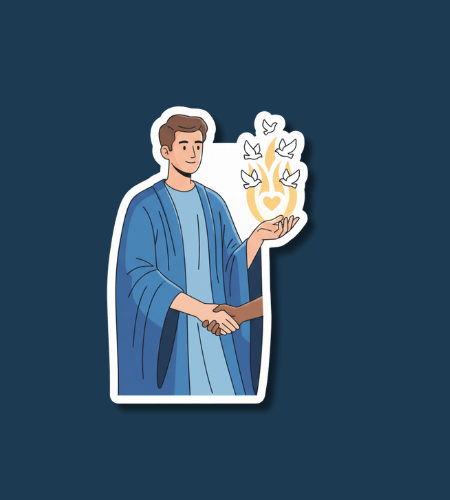National Donor Sabbath, observed annually for three days from Friday through Sunday two weekends before Thanksgiving Day, is a time when faith communities come together to highlight the life-saving importance of organ, eye, and tissue donation.
Table of Contents
History of National Donor Sabbath
The observance was established to engage religious congregations and community faith leaders in raising awareness about the urgent need for donation and transplantation. The first widely noted observances took place in the late 2010s, with organizations such as Donate Life America and the Organ Donation & Transplantation Alliance promoting it as a faith-based interfaith initiative. 1
Over time, the event has grown to involve congregations of many faiths, including Christian, Jewish, Muslim, Hindu, Buddhist, and Unitarian communities, all noting that donation aligns with values of compassion, generosity, and the gift of life.
Why is National Donor Sabbath important?
This observance is important because there are more than 100,000 people in the U.S. alone waiting for a transplant—a shortage of donors means many lives are at risk. By mobilizing faith communities, the event taps into the influence of religious leaders and places of worship where deep conversations about life, death, and giving can unfold.
It also underscores that organ, eye, and tissue donation is not only a medical or logistical matter—but a moral and communal one. It invites everyone, regardless of faith, to reflect on how they might say “yes” to donation or support someone who has made that choice.
- It encourages people to register as organ, eye, and tissue donors.
- It invites congregations to hold services or moments of reflection around donation.
- It helps dispel myths about religious objections to donation by showcasing support across faiths.
- It fosters a community awareness that one person’s generosity can save or improve many lives.
- It provides resources and support for families of donors, recipients, and waiting patients.
How to Observe National Donor Sabbath
Observing this day can blend spiritual reflection, education, and action. Practically, a faith community can include sermons or bulletins that discuss the meaning of donation, invite speakers (such as transplant recipients or donor families), and set up registration tables or informational materials. On an emotional level, individuals and communities can pause to honor those who have given the gift of life, and consider their own willingness to give or support.
Participation might include:
- Including a prayer or moment of silence in a worship service for those waiting for transplants.
- Having someone share a story of a transplant recipient or donor family during a service or gathering.
- Posting on social media about the importance of organ donation and encouraging registration.
- Setting up a donor-registration information table in a community center, place of worship, or public gathering.
- Speaking with family and friends about your donation wishes (or starting that conversation if you haven’t yet).
Subscribe to our newsletter and never miss a holiday again!

